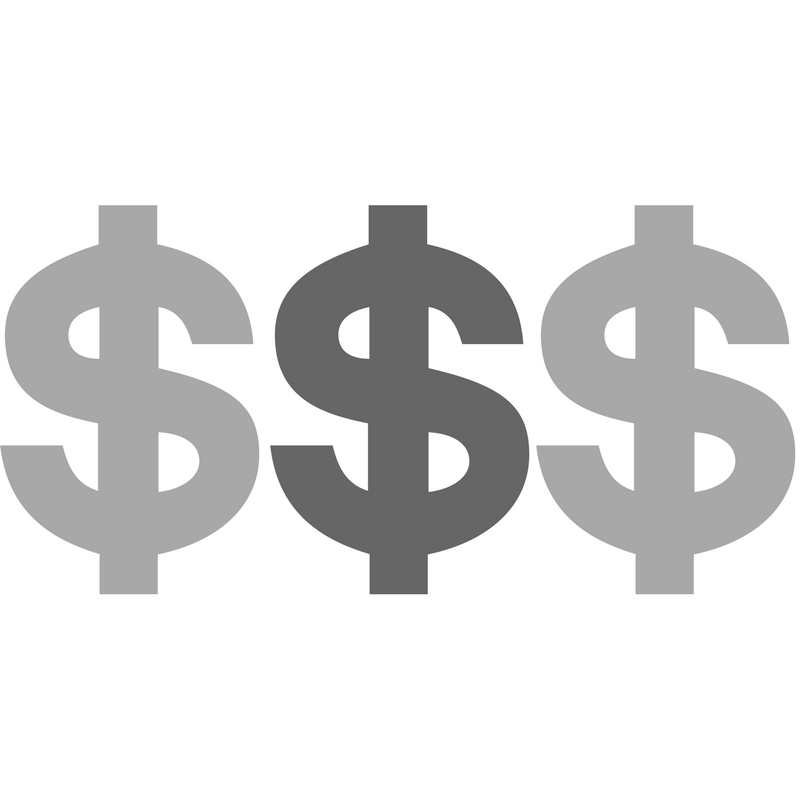Calculating the Additional Costs of Homeownership
 Before you buy your first house you need to build up a savings account. Most people understand that homeownership will require a down payment to secure a mortgage, but many first-time home buyers fail to understand how much it really costs to own a home.
Before you buy your first house you need to build up a savings account. Most people understand that homeownership will require a down payment to secure a mortgage, but many first-time home buyers fail to understand how much it really costs to own a home.
Below are some of the costs that come with homeownership.
Why you need to build up a savings
When you rent an apartment or house the big maintenance and repair items fall on the landlord. That means you can budget carefully for your rent and utilities and if something unexpectedly happens, it’s not your problem.
However, once you become a homeowner that all changes. You will be solely responsible for small maintenance tasks like changing the furnace filter, and large repairs like a roof that needs to be replaced or a pipe that bursts and causes water damage in your basement.
If you are not preparing for these additional homeownership expenses throughout the year they can quickly drain your bank account or put you in debt.
How much you need to save
Experts recommend that you save at least 1 percent of the value of your home each year for expected and unexpected maintenance and repair expenses. That means if you live in a house valued at $200,000, you should be saving at least $2,000 each year, which is roughly $170 each month.
While many people think that 1 percent is a safe number you do need to consider the specific house that you are purchasing. If you buy a farmhouse that is over a hundred years old and hasn’t been remodeled, you should plan on saving a larger percentage each year.
Planned expenses
There are some repair expenses that you cannot plan for. For example, you obviously cannot predict a tree limb putting a hole through your roof during a storm, or the bathtub in your upstairs bathroom starting to leak.
But, there are some expenses that you should be prepared for. Major expenses like a new roof, new furnace, or needing to replace the windows are homeownership costs that you can plan for.
When you purchase a home you will most likely have a home inspector check the house for you. Any of the items that the inspector includes on his list are costs that you can prepare for down the road.
Start saving early
It’s nice to think that you will at least have a few years to get settled into your house before a problem happens. But there is no guarantee.
To ensure you will have the funds necessary it is recommended that you start saving in advance. Before you even purchase a house you should practice saving up the money that you will need to spend and save once you are a homeowner.
For example, if you think you are going to be looking for a house within the $300,000 range then you should spend at least several months acting like you are making that mortgage payment, new utility payments, and putting an extra $250 aside each month in your home maintenance fund.
If you do this you will assure that you can afford to make the payments and save up in advance for potential problems.
No one likes to think about having expensive problems and repairs in their house. However, the problem is much easier to deal with when there is money in the bank to cover the expense. You will enjoy living in your house a lot more when you know that you can easily afford it and handle unexpected homeownership surprises as they come along.